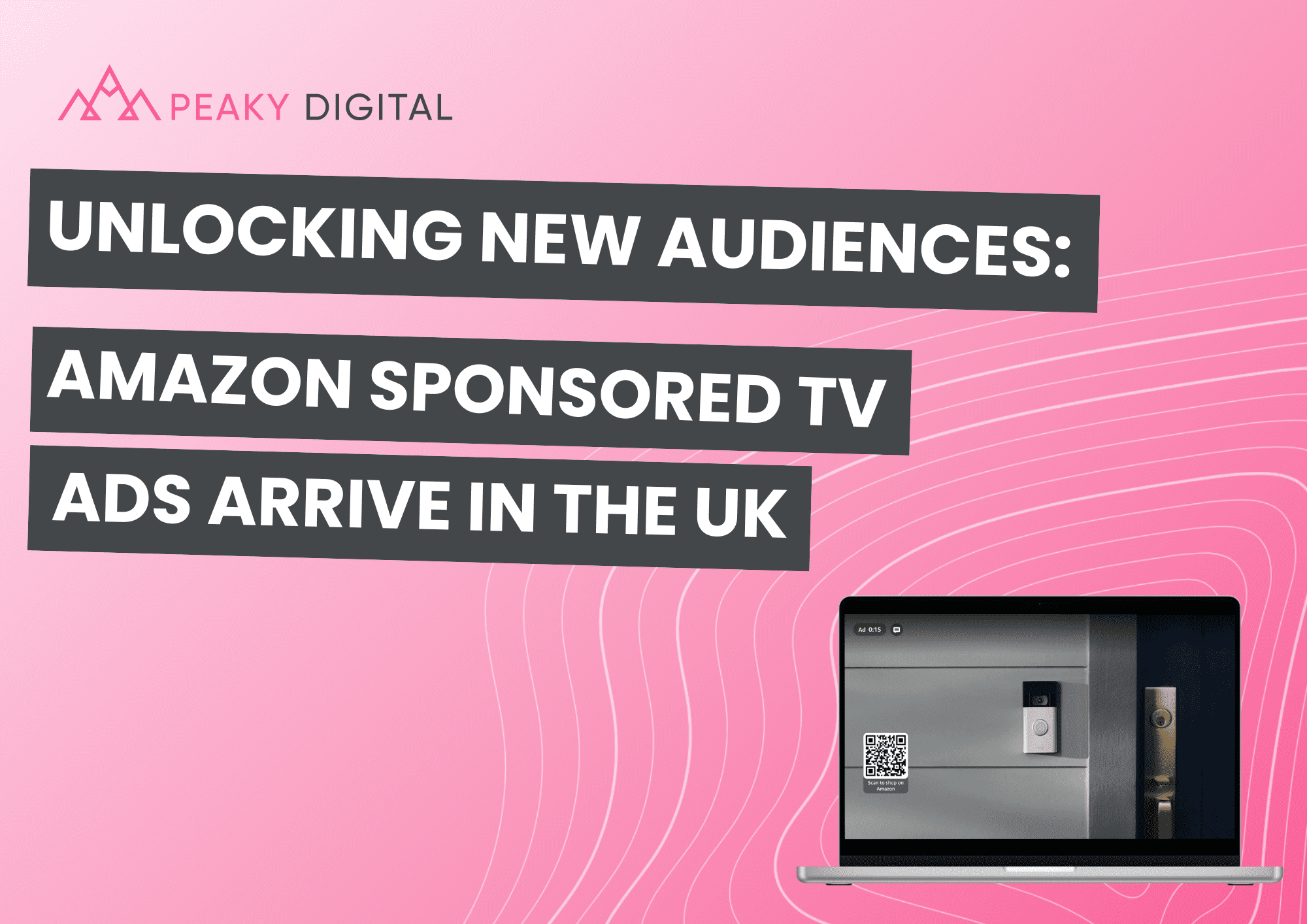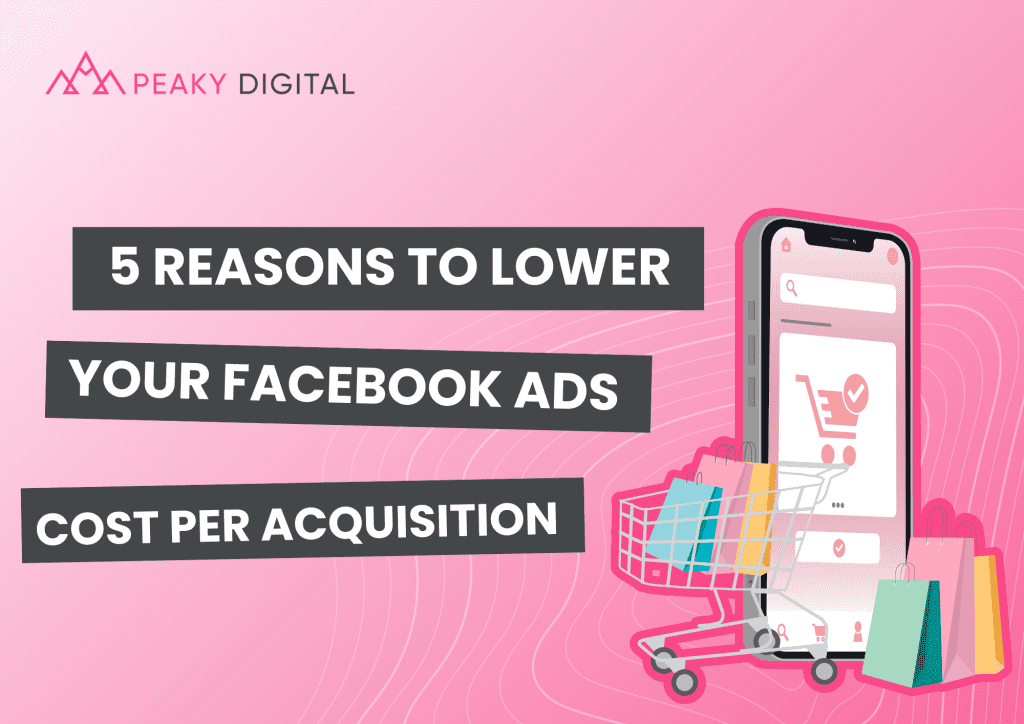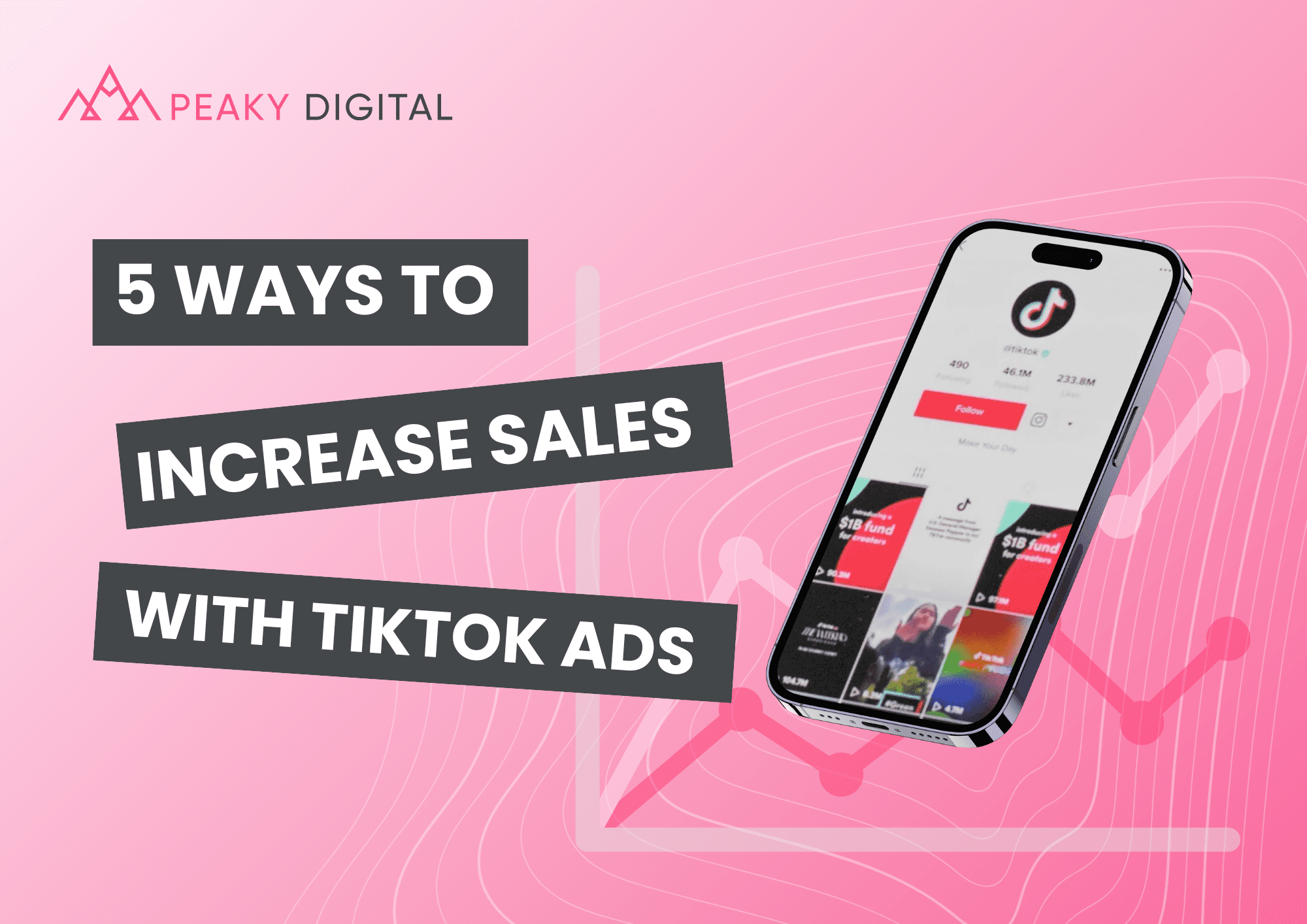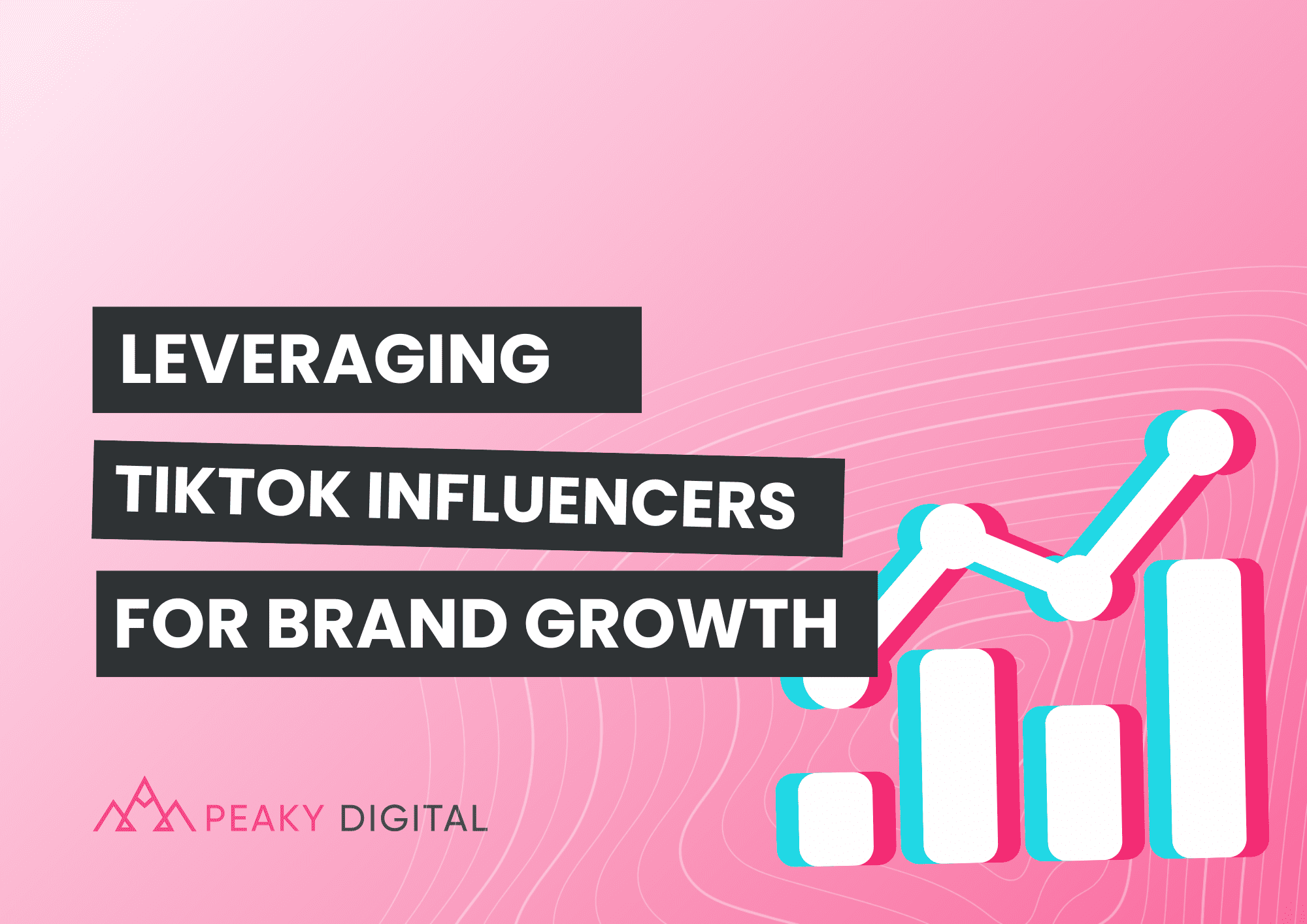
Unlocking New Audiences: Amazon Sponsored TV Ads Arrive in the UK
Jul 26, 2024
At Unboxed 2023 Amazon introduced Sponsored TV, a brand-new self-service advertising format with no minimum spend…
by Chlöe Davison
Aug 16, 2023

When it comes to measuring the success of your Facebook Ads campaigns, Meta’s Campaign Manager offers data tracking traffic, conversions, and everything in between. Key metrics for your business will depend on your campaign objectives, but there’s one metric that’s integral to a range of business models: cost-per-acquisition, or CPA. Particularly for small businesses working with tight budgets, CPA is a valuable marker for monitoring return on investment.
To calculate your CPA, simply divide your total advertising spend by the total number of conversions. This gives you the cost of acquiring one purchase or lead. The ‘benchmark’ cost-per-acquisition will vary greatly between industries and product ranges, with lower-margin products generally necessitating a lower CPA. Of course, no metric is an island! You should always look at your CPA in the wider context of your return on ad spend (ROAS) and revenue.
If you’re noticing your Facebook CPA creeping up (especially combined with a drop in ROAS), this is a clear sign that your campaigns aren’t working and action is needed. There are several tactics you can employ to bring your cost-per-acquisition down:
By setting an ad schedule for your Facebook Ads to run during high-performance periods, you can maximise conversions and avoid wasted budget by ensuring that your ads are only spending when your target audience is most likely to take action.
While ad scheduling can be an effective way to reduce CPA in some cases, it’s not a solution for all brands. For example, eCommerce businesses with a longer time lag before conversion may find that running ads 24/7 is best for maximizing impressions.
Before trialling ad scheduling, take a good look at your data. Are there periods where your ads are spending without generating engagement or conversions? Experimenting with ad scheduling could be effective, but keep a close eye on your CPA and conversion volume during the trial.
If you don’t have the budget or time to experiment with an ad schedule, ensure you have the Advantage+ campaign budget setting toggled on: this enables Facebook’s algorithms to redistribute your budget based on the best performance.
Since Facebook ads follow a pay-per-click model, the more clicks (and therefore traffic) your ads are driving, the more you’ll pay. However, even if your ads are performing well and sending a high volume of quality traffic to your site if users are arriving at a sub-optimal landing page, they won’t convert.
Ensure your landing pages are simple and uncluttered, with a clear call to action that entices users. Diving deeper into user experience, auditing your checkout process can also produce some helpful insights. If you’re seeing a high volume of adds to cart from Meta data, but low conversion rates, a confusing or slow checkout process could be putting users off.
Conventionally, best practices for reducing Facebook CPA have always been to specify your audience as much as possible. This allows you to create specific ad content that’s highly relevant to the users it’s being shown to, increasing the chances of conversion.
However, since Apple’s iOS14 update in 2021 allowed users to opt out of cookie-based tracking and reduced the number of days that cookie data could be stored, Facebook’s algorithms took a big hit in terms of audience visibility. This forced many advertisers to ‘go broad’ in their audience targeting: removing all interest-based targeting and narrowing only by general demographics such as age and gender. While Facebook’s algorithms have recovered in the wake of the update, current thinking has returned to broad targeting as the way forward.
Essentially, broad targeting allows Facebook to find your audience for you, with the belief that the algorithms know best. This doesn’t mean that there’s no targeting at all. With this strategy, your creatives are your target. By creating an ad (creative, copy and landing page) that’s highly specific to your product or service, Facebook will then find users that are most likely to engage.
Paying attention to the frequency rating assigned to your ads is essential for monitoring your CPA. If your audience is narrow and your ads have been running for some time, they’ll be shown to the same users multiple times. While you want your ads to be seen more than once, too often can result in ad fatigue – your message loses meaning and can even become irritating.
Ad fatigue results in a drop in Click-Through-Rate, along with a spike in cost-per-acquisition. To prevent this, refresh ad copy on a regular basis, and replace ads when performance starts to tail off.
Retaining existing customers is often more cost-effective than acquiring new ones, so ensure that you’re allocating enough budget and resources into tapping back into previous buyers.
Analyse data from your remarketing campaigns to see if these can be optimised, and consider specific ads promoting loyalty schemes, new ranges, and benefits for returning customers.
Our specialised team of Paid Social Media experts can help you create a strategy, launch your campaigns, and keep them optimised for peak performance.
Brand awareness, business growth or a bigger and better ROI, our team of digital specialists are here to help you get the most from your brand. Let's start a new partnership today.

Jul 26, 2024
At Unboxed 2023 Amazon introduced Sponsored TV, a brand-new self-service advertising format with no minimum spend…

Jul 26, 2024
Has your eCommerce brand been struggling with a plateau in sales lately? Maybe you’ve found that…

Jul 25, 2024
Although platforms like Facebook and Instagram are staples of social media marketing, TikTok has emerged as…